If any popular technology brand needs a boost right now it is GoPro. The camera maker has seen their once-innovative Hero series of cameras has increasingly become a commodity item with an onslaught of inexpensive rivals from Asia. GoPro has also been a little late to the game with other technologies like drones and 360-degree cameras.
The Karma drone was pretty much a bust, but that doesn’t mean GoPro’s drone aspirations are over. There is a place for GoPro in the Drone Market, but they will need to do something that not many others have attempted – they need a waterproof drone. One problem that dogs waterproof electronics is finding ways to keep the electronics cool while also keeping them dry. A recent Half Chrome patent suggests how keeping a waterproof drone cool can be accomplished using the readily-available cooling power of the drone’s four propellers.
Bad Karma
In September of 2016, GoPro announced the Karma drone to great fanfare. The drone had folding arms, looked to be very portable, and it could carry a GoPro Hero action camera. The Karma seemed to be the more compact and stylish successor to the trouble-prone 3DR Solo. People were getting ready to order when GoPro got a bit of very bad news – market leader DJI announced the Mavic. The Mavic had a similar price but was more compact and more capable. This bad news was followed up with more troubles just a few weeks later when GoPro had to recall the Karma Drone due to a faulty battery latch. In retrospect, the Karma seemed doomed from the start.

Waterproof Dogma
Enter the waterproof drone. Nothing seems more logical than for an extreme sports brand to make a drone that can handle extreme conditions. At Half Chrome, we were actually a bit surprised that neither the Karma Drone nor the Karma Grip claims any kind of water resistance. It seems like a natural fit that you would mount your waterproof Hero6 to a waterproof drone, doesn’t it? GoPro needs a waterproof drone, we believe that’s their only way to really break into the drone market.
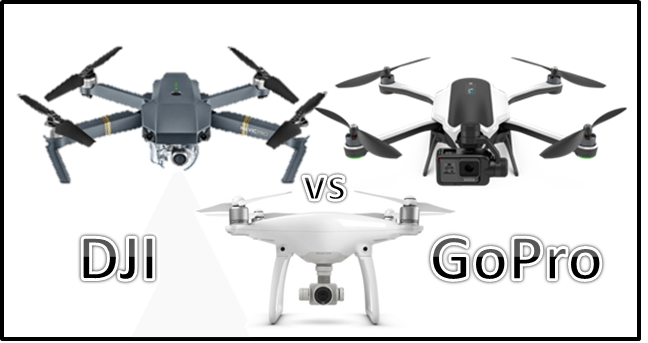
Waterproofing isn’t easy. There are a few problems that need to be solved. First, the drone needs to be sealed up. Second, it should float – not a trivial task for drones that weigh 2-3 pounds. Flotation may not be a requirement, that is unless you want a truly amphibious craft that doesn’t end up at the bottom of the lake. Third, the removable battery can’t leak; you don’t want water shorting out those connections. Waterproof connectors are a dime a dozen, so that problem is easily solved.
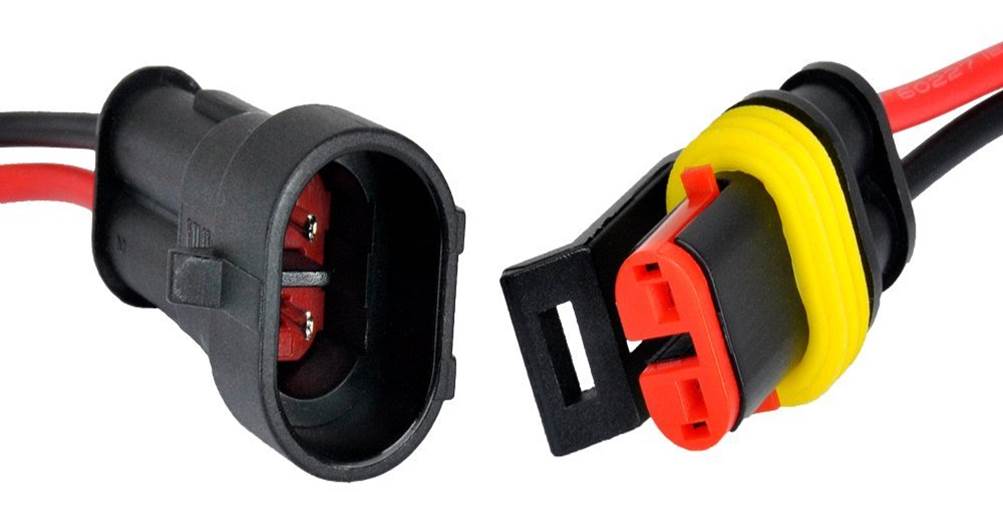
Fourth, the camera needs to be waterproof. GoPro has this proven already with the waterproof Hero5 and Hero6 and waterproof cases for earlier models. Finally, you have to figure out how to protect the motors.
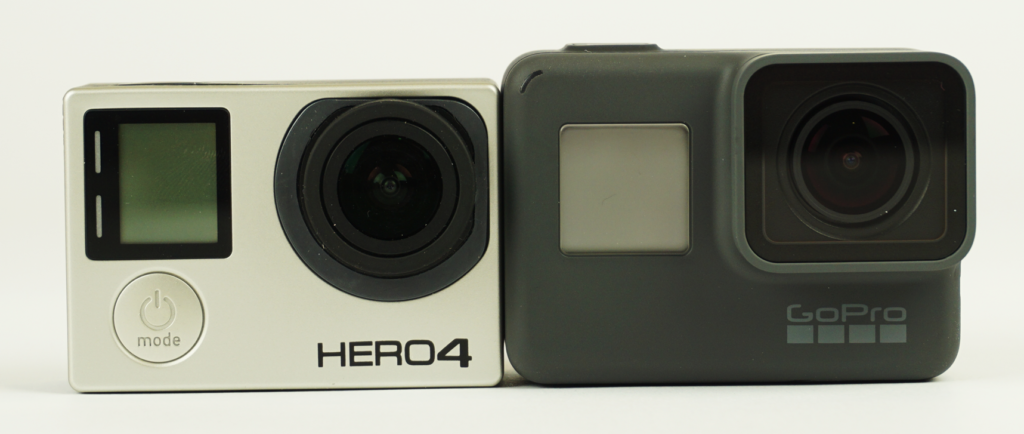
Waterproof Motors
A good quadcopter has 4 brushless motors powering the drone and typically three more stabilizing the camera. The nice thing about brushless motors, as the name implies, is that they don’t have any brushes. That means that the moving magnets on the inside can be electronically isolated from the coils on the outside. Both the coils and the magnets can receive a healthy waterproof coating. Then you need to seal up (or otherwise protect) the bearings that allow the motors to spin. Now that the motors are safe there is only one more problem to solve…
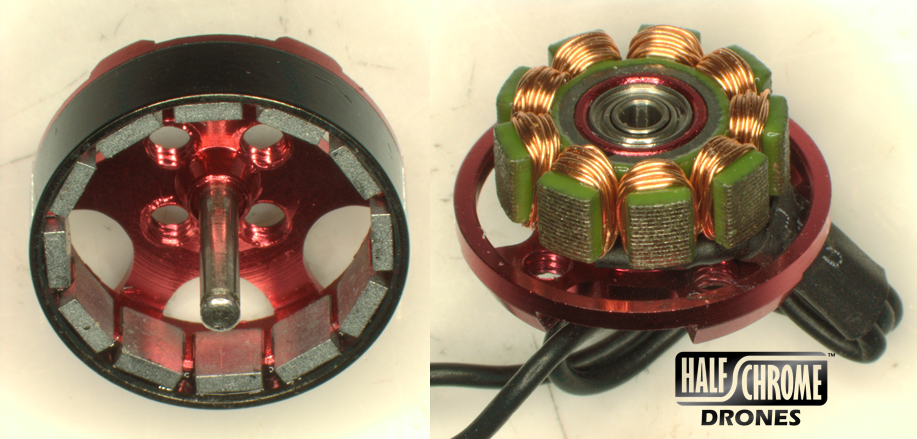
Keeping it Cool
So we have covered motors, batteries, and flotation, but there is one more challenge still remaining – cooling the electronics. Traditional cooling systems on drones work the same way your computer does. Air is drawn in one port with an internal fan and forced out another. On its way through, the air cools the electronics. Usually, there are heat sinks mounted to the hottest and most sensitive components, like processor chips. We have seen internal fans on the most recent releases from DJI, the Spark and the Mavic. Using an internal fan is great until you get rained on or your drone finds itself floating in your neighbor’s swimming pool. A different design is needed to keep electronics separated from the elements.
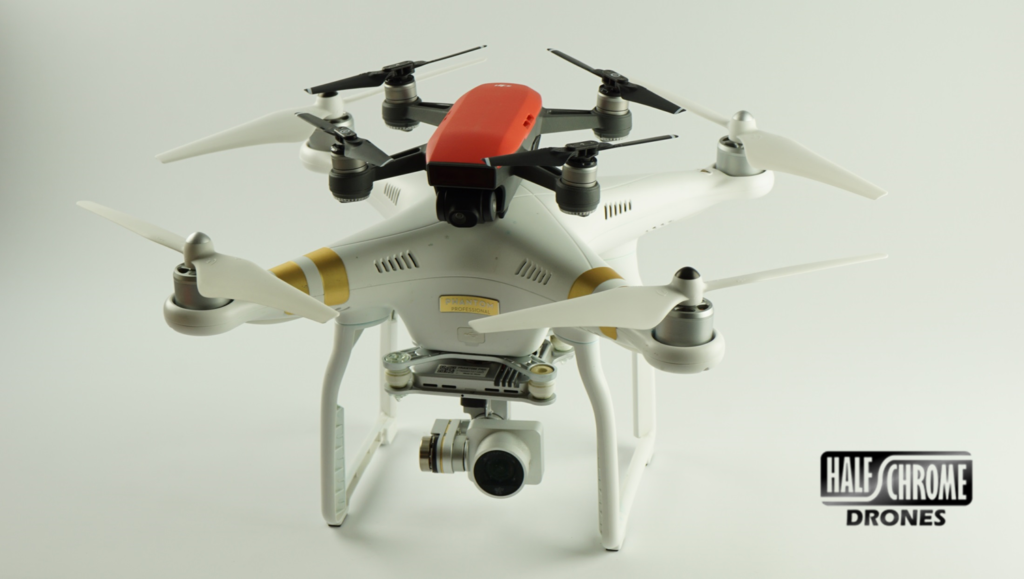
Enter the external cooling design. This concept was recently revealed in a patent from Half Chrome. We found ourselves asking a simple question: Why add an internal fan when you typically have four or more huge fans on the drone already? So we drafted up a few simple solutions.
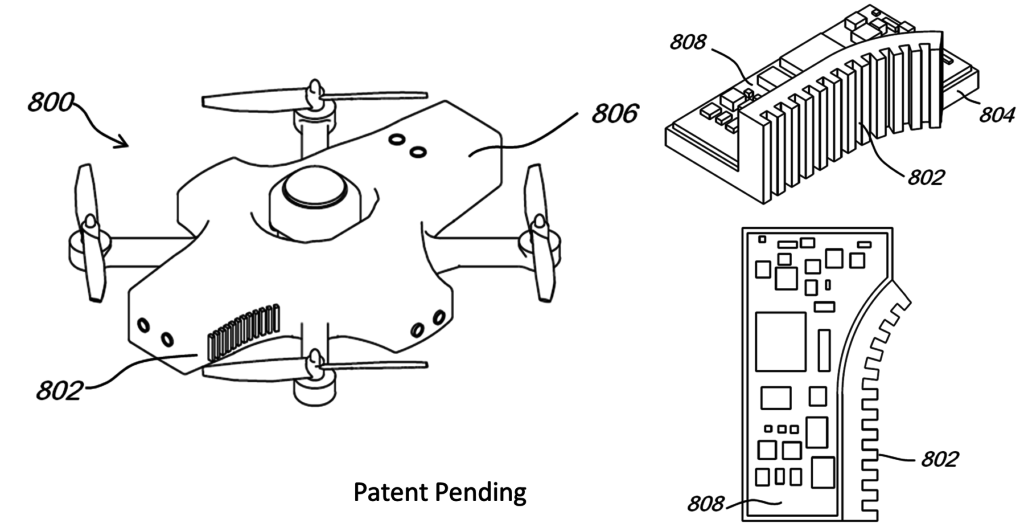
In one simple solution heat is drawn out into a heat sink that is positioned in the flow path of the drone’s props. In another design, air from the downdraft of the propellers is drawn into (or out of) ducts that run through cooling channels in the drone. The cooling channels can be completely isolated from the internal workings of the drone so that if water gets into the channels nothing is damaged. Heat-producing components are mounted on the dry side of the channels inside the drone and are cooled through conduction to the fins in the cooling channel.

Staying Warm
But what if it’s cold outside and you actually want to keep your drone warm? No problem, small two-position or variable-position doors can meter the flow of air into the channels. If things are getting toasty then the doors open, but if it is icy cold then the doors can remain closed.
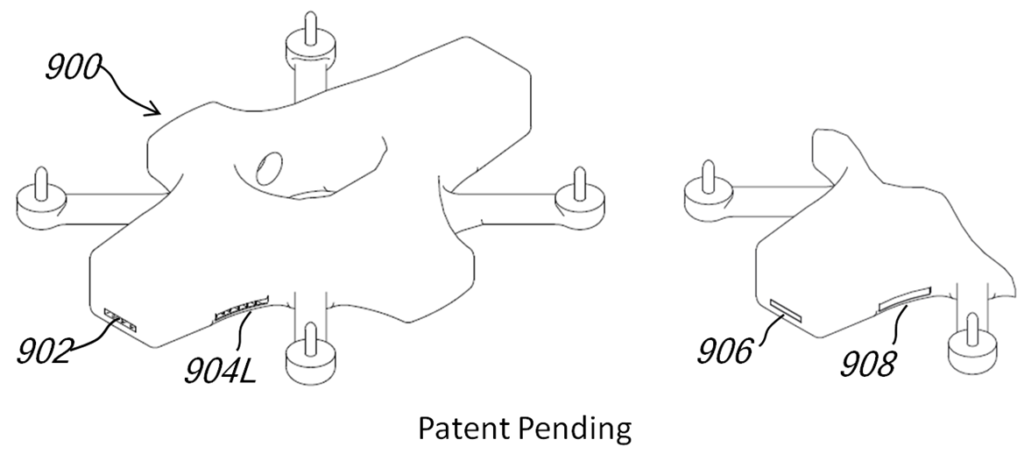
Really a Better Solution?
Extra components? Extra weight? Who wants that? You might be wondering, “are these doors going to add cost and complexity to the drone?”. We don’t think so. While the doors add a few parts but they also eliminate the need for an internal fan. The doors can be actuated by any number of simple mechanisms. They could even be passively controlled using shape-memory alloy materials, which shrink significantly in length or change shape when they get hot enough.
So When Do We Get This Drone?
Do we see a waterproof drone in GoPro’s future? For their sake, we hope so. For our sake too, we want to get our GoPro and our drones out over the water more. We hope that these ideas can spur more work and faster development of drones that can better survive the elements. Until then, check out our summary of drones on the market today that already claim to be waterproof, some with mixed results.
If you are not satisfied with the current waterproof drone offerings then check back here in a few weeks. We are in the process of building our very own waterproof drone with a target cost of under $200. If DJI or GoPro won’t do it then we will.
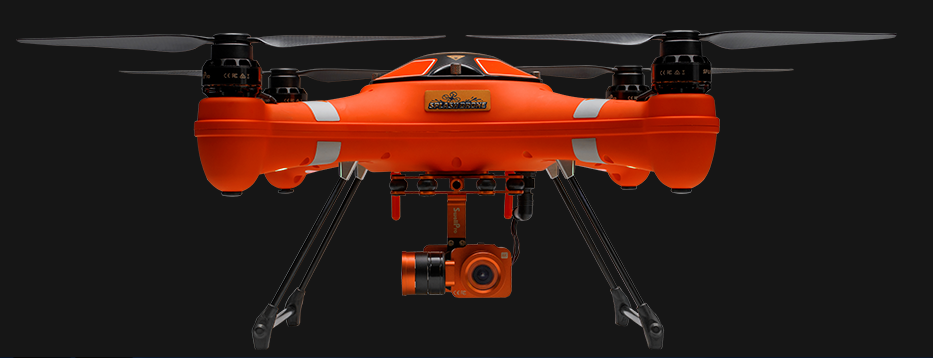
More Drones…

Every month we update what we believe are the best drones on the market. Check out Best Drones Now. We have also created the one-of-a-kind Half Chrome Drone Cipher™. You answer a few questions and we’ll pair you with the best drone for you.
| Best Drones Now |

Do you want to search by price? Click on your menu above or we can break it down for you. Check out drones under $50, from $50-100, from $100-200, from $200-500 or over $500. Maybe you like a good Top Ten list, we’ve got you covered.
| Drones by Price |
Learn More…
If you want to learn more about taking great pictures or flying FPV then check out our comprehensive guides on those topics. Also take a look at our articles on how to choose the right drone for great aerial photos or for getting started flying race drones. Learn more about drones and how to get the most out of them in our Drone Academy. In the Academy we also detail some of the advanced testing we do, including our recent addition, drone thrust testing.
| Drone Academy |
I Want Videos…
Did you know that Half Chrome has its own YouTube Channel? We have reviews, flight tests, crashes, 360-degree videos and more. Check it out and subscribe today.
| Half Chrome YouTube Channel |
Disclosure:
This website contains affiliate links, which means we receive a commission if you make a purchase using these links. For full details visit the disclosures and disclaimers page.

